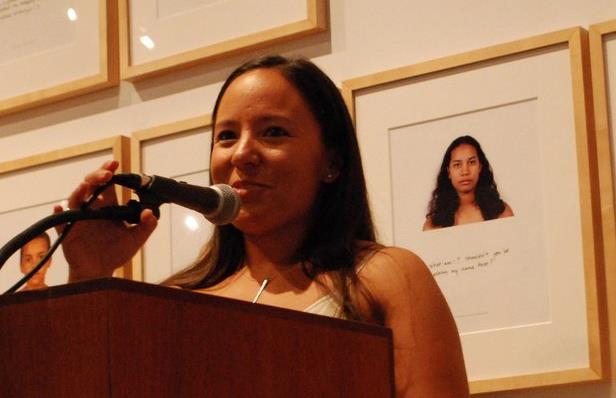
Truth and Lies in Memoir and Fiction
There are so many memoirs that have made a mess of the genre. Authors have pulled and stretched at their stories until their story’s truth snapped. James Frey’s A Million Little Pieces of Oprah Book Club notoriety is probably the most talked about and the recent fall of Greg Mortenson’s fabricated Three Cups of Tea: One Man’s Mission to Promote Peace… One School at a Time has raised the ire of memoir and nonfiction readers once again. But the lies these men have told are just a couple of examples of writers who have stretched their genre past its breaking point.
Most wonder why they didn’t just call it fiction? Aren’t you safer? Aren’t you running less of a risk of breaking the contract with the reader if you just call it fiction? After all, that’s what Dave Eggers did with What is the What: The Autobiography of Valentino Achak Deng. Rather than being tied to the truth to tell the story of this Sudanese Lost Boy, he fictionalizes Deng’s story. The title page lets the reader know it is both a novel and an autobiography.
As a reader, I found this confusing. What is this I am reading? If Eggers spent all of this time talking with Deng, if he uses his voice to tell the story, what aspects of this young man’s novelized story aren’t true? If Deng authorized the book, why not call it a biography? Instead of enjoying this work of “fiction,” I felt like Eggers took the easy way out. He wrote a book based on a true story but it still didn’t read like a novel.
So, fiction or nonfiction: does it matter? Philip Roth recently stated he no longer reads fiction, so I suppose it does matter. For those writers who lied in their nonfiction, it certainly matters to many readers and to publishers concerned with sales and marketing it does. But to Tim O’Brien, (my favorite author to quote when it comes to such conversations) it is the story-truth that matters. In The Things They Carried he states, “I want you to feel what I felt. I want you to know why story-truth is truer sometimes than happening-truth.”
It is the “sometimes” that the writer must ferret out. When the happening-truth can capture a story’s truth, it seems you should write that true story. For me, nonfiction comes first. I write memoir and continue to sift through the somewhat uneventful events of my life to tease out a story or two. I’ve explored the tools of creative nonfiction, have mastered very few and find this genre, when done well, extremely complicated. But in nonfiction I have the truth of what actually happened drawing limits for me; tethering me to the page.
In fiction there are so many choices and these possibilities overwhelm me. After writing a couple fairly autobiographical and absolutely terrible novel drafts, I’m still trying to figure out how to get to the truth of fiction. I am still trying to get out of the way in fiction in order to let the stories breathe and speak for themselves. So for now, I’m sticking close with essays and memoir. But as I develop as a writer, continue showing up to the page, I imagine the truth in fiction will tell my story.
O’Brien’s choice–between “story-truth” and “happening truth”–is a false choice. The two aren’t incompatible. Memoirists and other nonfiction writers don’t have to choose, and we shouldn’t. That’s the challenge, and the reward of nonfiction. Readers also expect us to uphold the unspoken contract: the writer has created emotionally compelling story-truth and hasn’t lied about the happening truth.
Thanks for responding, Tracy, but for O’Brien, his collection of short stories created a story-truth that captures a collective war experience in a way his Vietnam memoir could not. I think he was very deliberate about choosing fiction and his stories rely on story-truth. It is nonfiction that must remain faithful to happening-truth.